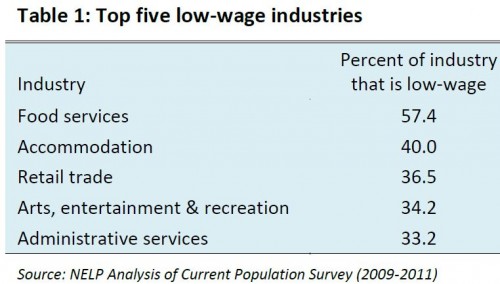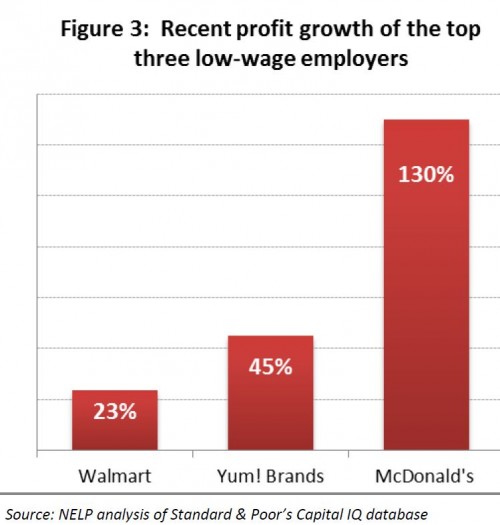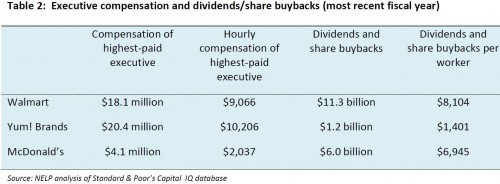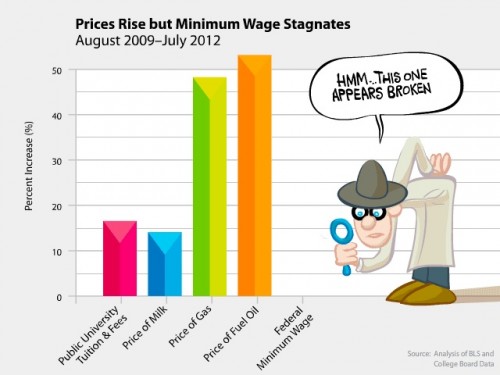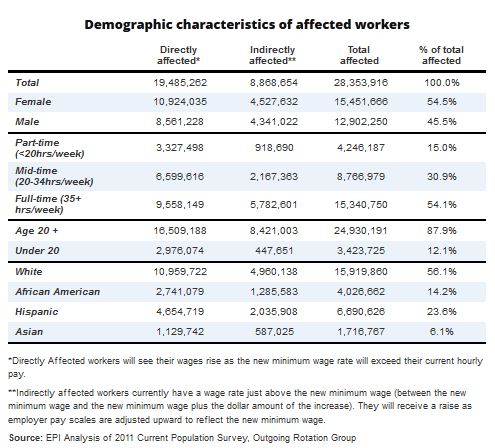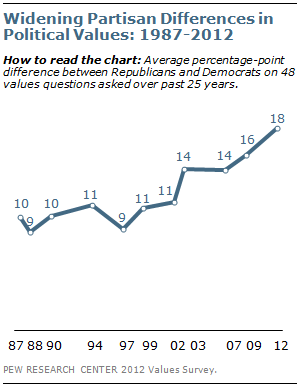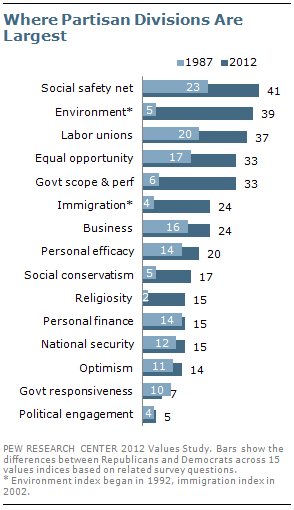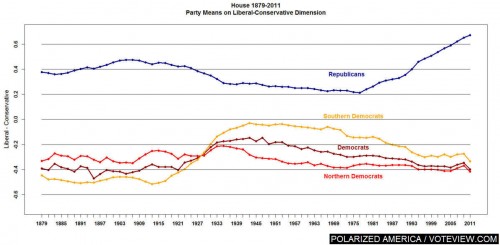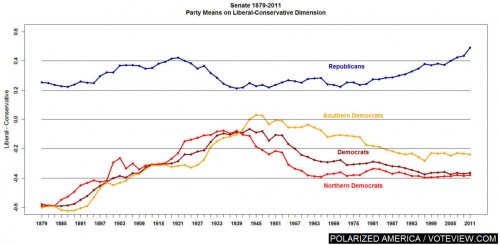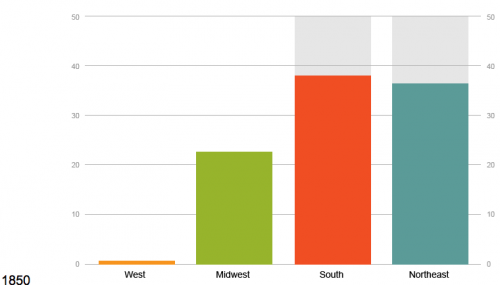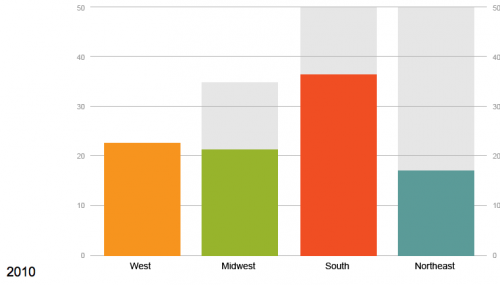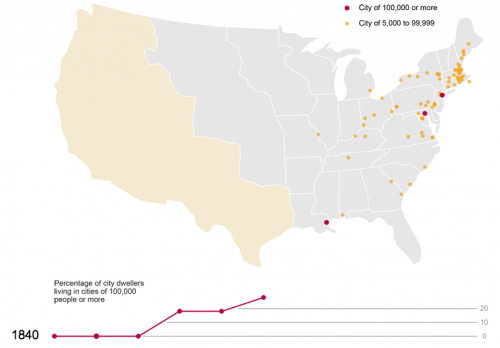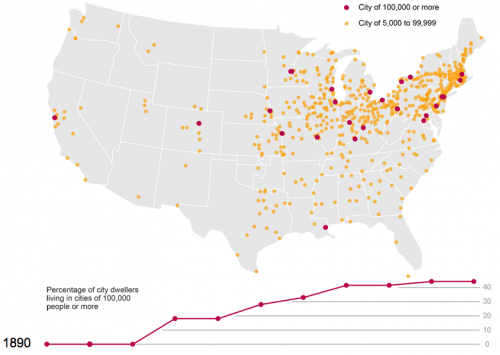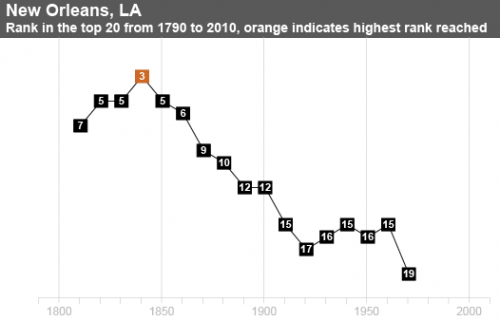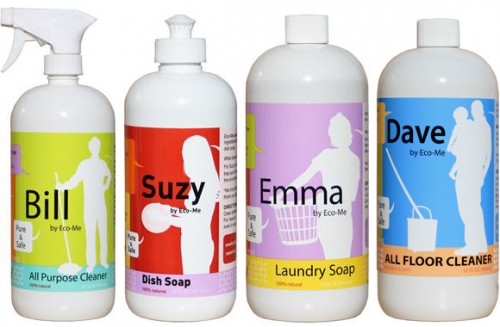When we categorize people into “races,” we do so using a number of physical characteristics, but especially skin color. Our racial system is based on the idea that skin color is a clearly distinguishing trait, especially when we use terms like “black” and “white,” which we generally conceive of as opposite colors.
Of course, because race is socially constructed, there’s actually enormous diversity within the categories we’ve created, and great overlap between them, as we’ve forced all humans on earth into just a few groupings. And terms like “black” and “white” don’t really describe the shades of actual human skin.
Artist and photographer Angelica Dass has an art project, Humanae, that illustrates the tremendous diversity in skin color (via co.CREATE, sent in by Dolores R., Mike R., and YetAnotherGirl. She uses an 11×11 pixel of individuals’ faces to match them to a specific color in the Pantone color system, which catalogs thousands of hues and is used in many types of manufacturing to standardize and match colors. She then takes a photo of them in front of a background of their Pantone color.
Currently the project is very heavily focused on people we’d generally categorize as White — there are a few individuals from other groups, but not many, and in no way does it represent “every skin tone,” as I’ve seen it described in some places. So that’s a major caveat.
That said, I do think the project shows how reductive our system of classifying people by skin tone is, when you look at the range of colors even just among Whites — why does it make sense to throw most of these people into one category and say they’re all physically the same in a meaningful way that separates them from everyone else (and then connect those supposedly shared physical traits to non-physical ones)? And which part of the body do we use to do so, since many of us have various shades on our bodies? Or which time of year, since many of us change quite a bit between summer and winter?
Maru sent in a similar example; French artist Pierre David created “The Human Pantone,” using 40 models. We think racial categories make sense because we generally think of the extremes, but by showing individuals arranged according to hue, the project highlights the arbitrariness of racial boundaries. Where, exactly, should the dividing lines be?
Via TAXI.
Gwen Sharp is an associate professor of sociology at Nevada State College. You can follow her on Twitter at @gwensharpnv.

